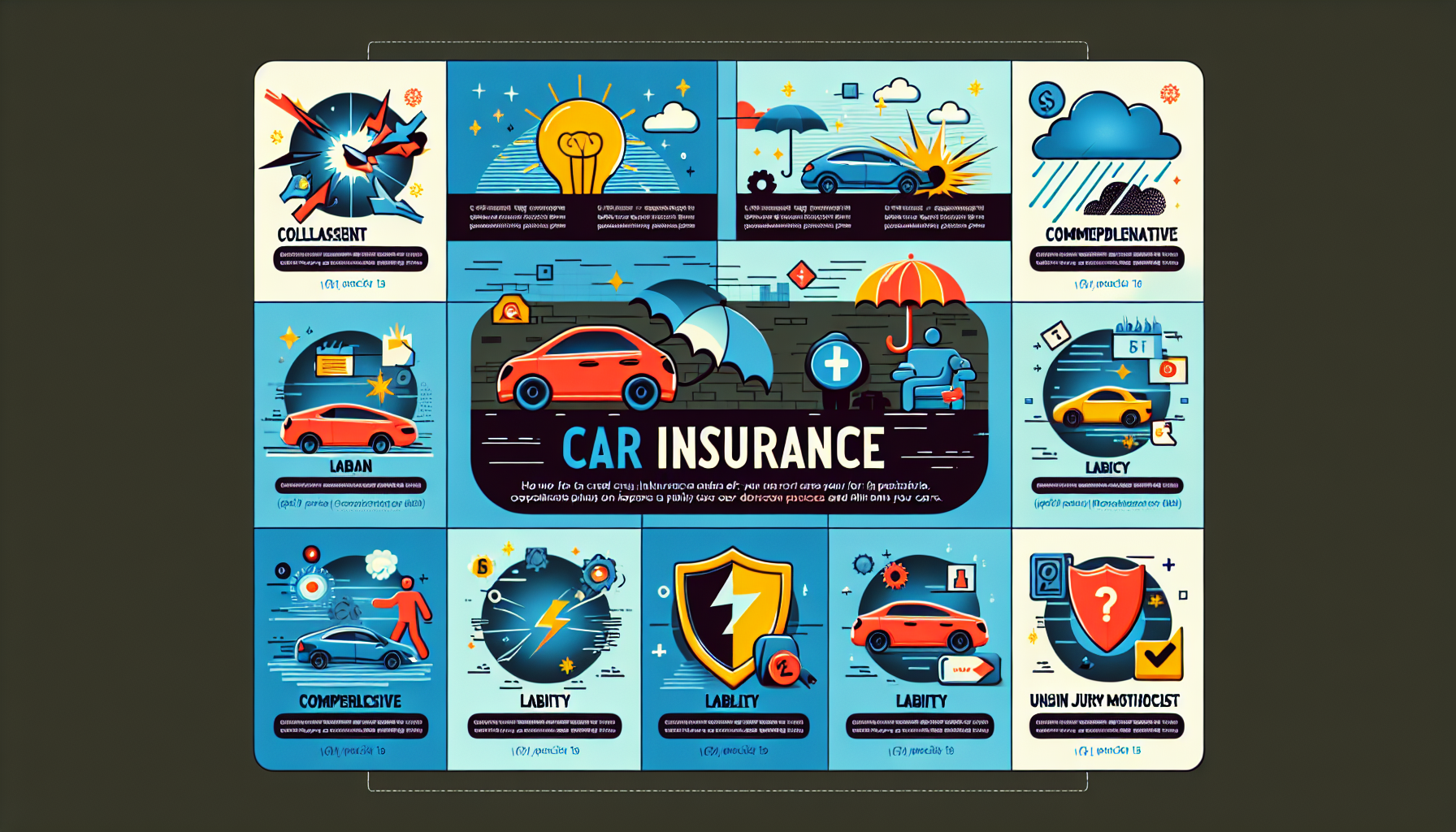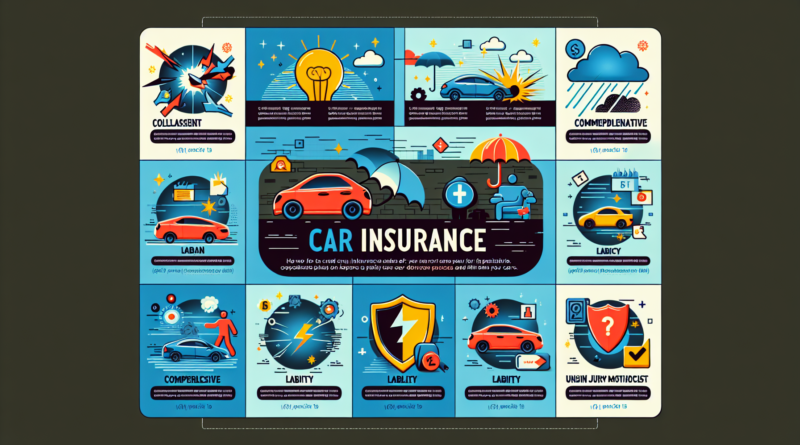Types of Car Insurance and Selection Guide: Finding the Right Insurance for Your Car
1. **Liability Insurance**: This is the most basic form of car insurance and is mandatory in most states. It covers bodily injury and property damage that you may cause to other people in an accident.
2. **Collision Insurance**: This covers damage to your car resulting from a collision with another vehicle or object, regardless of who is at fault.
3. **Comprehensive Insurance**: This provides coverage for damage to your car caused by events other than collisions, such as theft, fire, or natural disasters.
4. **Personal Injury Protection (PIP)**: Also known as no-fault insurance, PIP covers medical expenses and, in some cases, lost wages and other damages.
5. **Uninsured/Underinsured Motorist Coverage**: This protects you if you’re involved in an accident with a driver who doesn’t have insurance or whose insurance is insufficient to cover the damages.
Factors to Consider When Choosing Car Insurance Selecting the right car insurance involves evaluating several factors to ensure you get the best coverage for your needs:– **State Requirements**: Each state has different minimum insurance requirements. Ensure you meet these legal obligations.
– **Vehicle Type and Usage**: The type of car you drive and how often you use it can influence your insurance needs. High-value or frequently used vehicles may require more comprehensive coverage.
– **Budget**: Determine how much you can afford to pay in premiums and deductibles. Balancing cost with coverage is key.
– **Driving Record**: A clean driving record can help you secure lower premiums, while a history of accidents or violations may increase your rates.
– **Shop Around**: Get quotes from multiple insurers to compare coverage options and prices.
– **Check Discounts**: Many insurers offer discounts for safe driving, bundling policies, or having certain safety features in your car.
– **Read Reviews**: Research customer reviews and ratings to gauge the insurer’s reputation for customer service and claims handling.
– **Understand the Policy**: Carefully read the policy details to understand what is covered and what is not.

